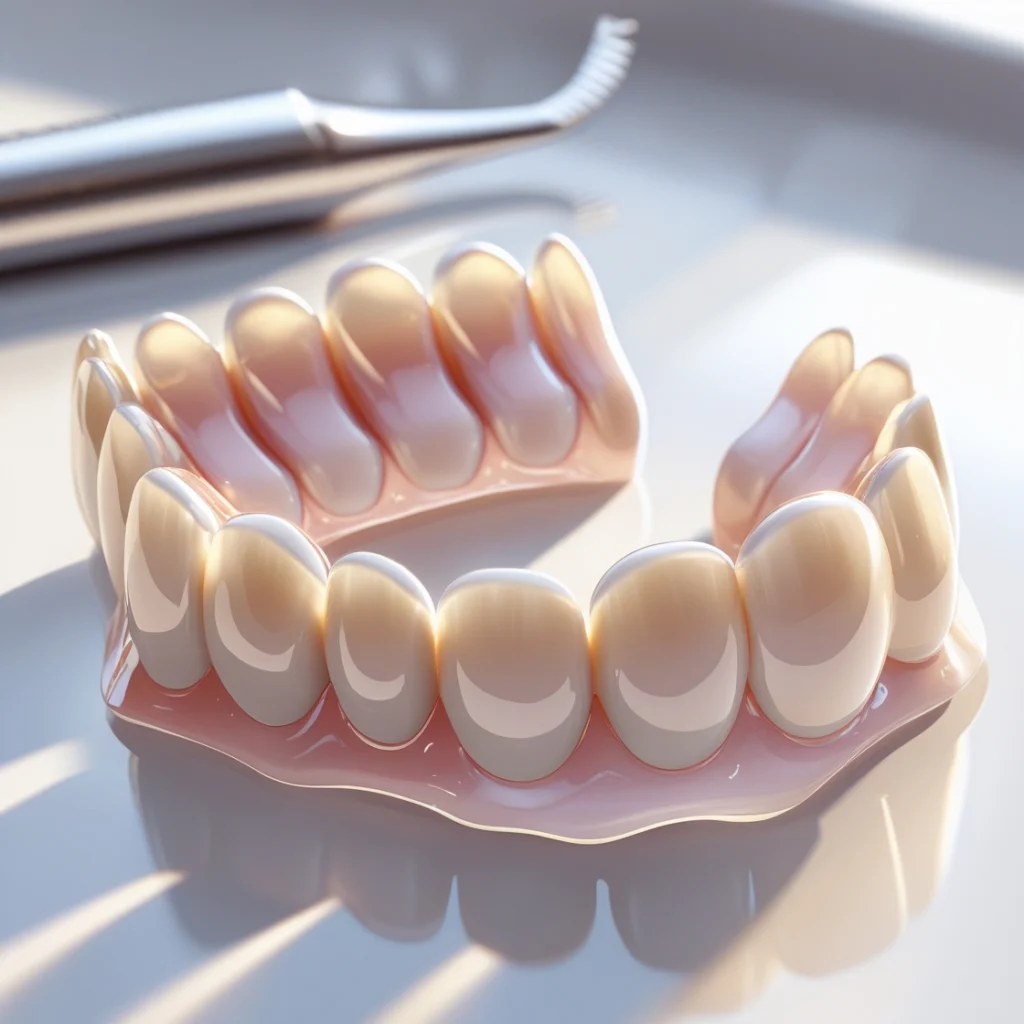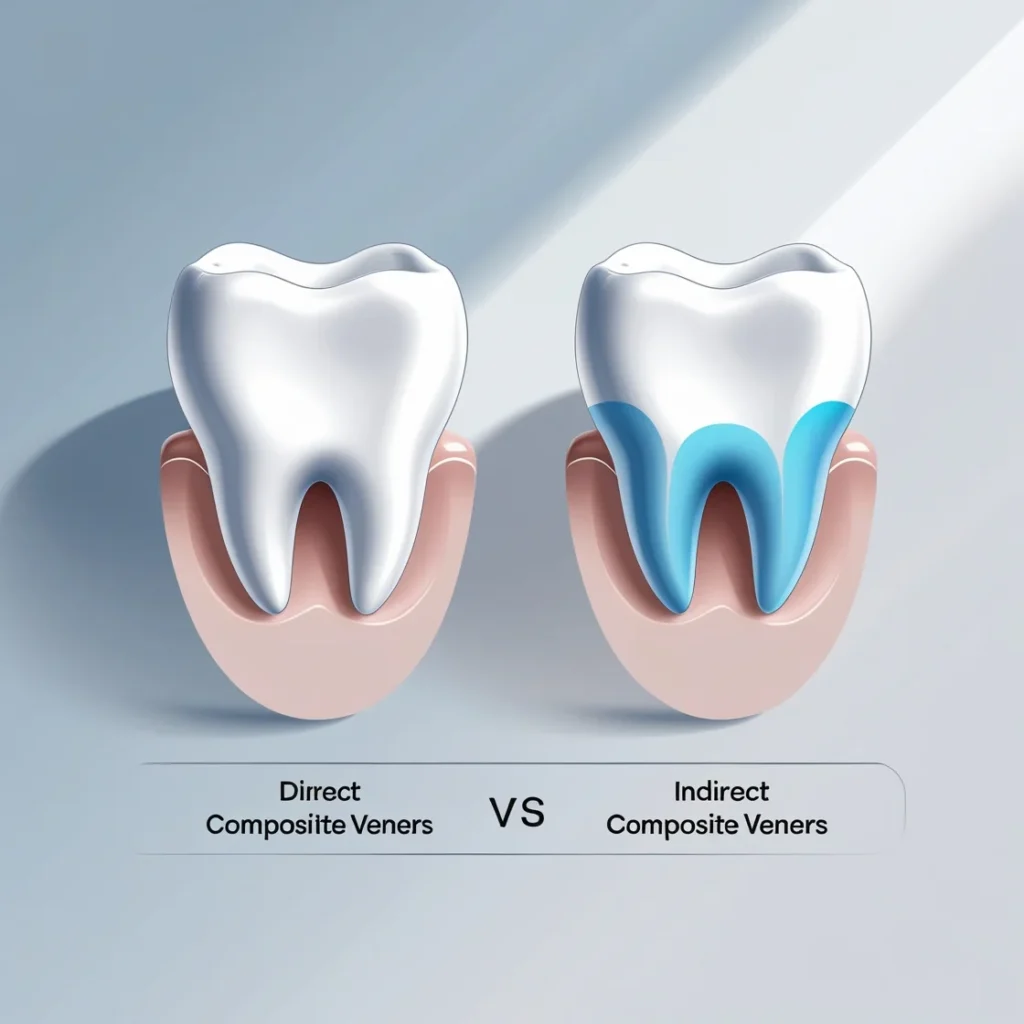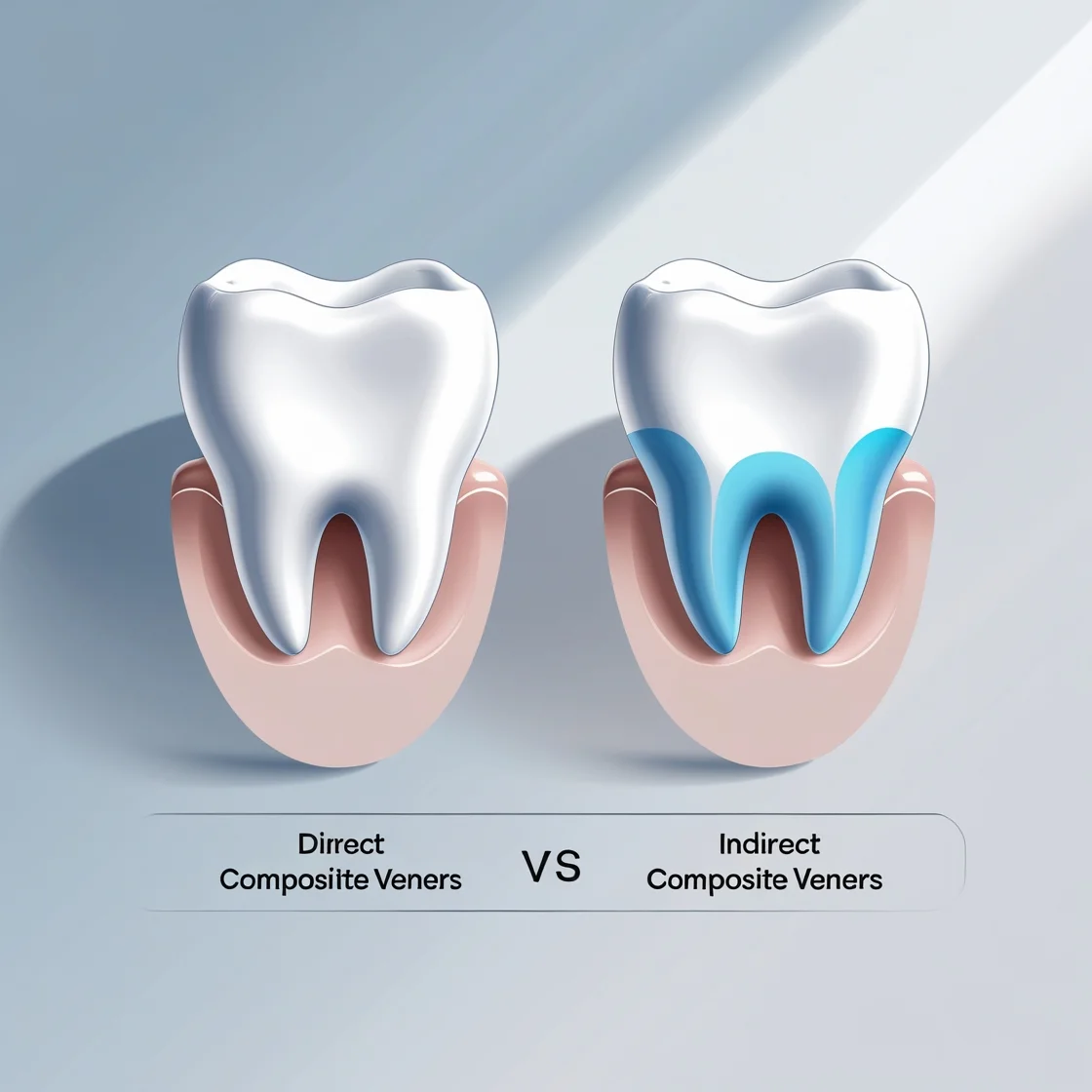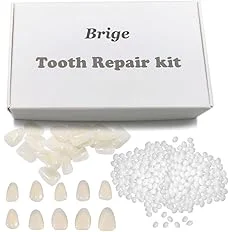Composite Veneers: Benefits & Before-After Results
Composite Veneers: Benefits & Before-After Results. Composite veneers, otherwise referred to as resin veneers, offer a minimally invasive and effective solution for patients who want to improve the aesthetic appearance of their teeth. Composite veneers are multipurpose and can cover a variety of defects, improving the overall appearance of the teeth.
In this article, you can discover what composite veneers are, their types and how they work, as well as how to care for them. You can also learn about the pros, cons and cost of composite veneers.
Read on and find out how these veneers can help you achieve a newfound confidence in your teeth.

What are composite veneers?
Composite veneers are a type of dental restoration that uses safe materials to conceal or repair dental imperfections.
Veneers are made from one or more layers of resin composite material. The veneer is custom-made to fit over your existing teeth. In addition to replacing your whole tooth, they can also replace only part of your tooth.
Furthermore, veneers are useful for correcting a wide range of dental issues, including gaps between teeth, misaligned teeth, and chipped teeth.
Composite veneers – what are they?
Composite Veneers: Benefits & Before-After Results. Composite veneers are thin shells which are composed of both ceramic and acrylic resin. These resin veneers are applied directly to the tooth in a way that’s as minimally invasive as possible, unlike some other types of veneers.
In order to ensure composite veneers are as discreet as possible, the material used mimics the colour of natural teeth. The aesthetic appearance of defects such as discolouration, gaps and irregularities in the shape or size of teeth can be improved by using injection-molded composite veneers, which are custom-made to cover the front of the teeth.
How do composite veneers work?
In cases of minor dental imperfections, injection-molded composite veneers can be a solution. For example, composite veneers are often used for crooked teeth, as they can alleviate the appearance of teeth that are slightly overlapped. Composite veneers also work for covering gaps (small diastemas). In addition, they can be a practical solution to disguise other problems such as slightly crowded teeth, worn teeth, small teeth or stained teeth. Additionally, composite resin veneers are an ideal solution for those patients who want to have whiter and more uniform teeth.
Different types of composite veneers
Composite resin veneers vary according to the material used and the procedure for applying them to the teeth. Here we explore the different types of composite veneers.
Composite veneer types according to how they’re placed: direct and indirect
Firstly, let’s discover how composite veneers can be applied and explore the differences between direct and indirect composite veneers.

Direct composite veneers
When we talk about direct composite veneers, we are referring to when the composite resin is applied directly to the teeth. The orthodontic specialist can shape the composite resin veneers directly on the tooth in order to create a more natural look. Before the composite resin is applied, the teeth may require some light etching for the material to bond properly, making the treatment minimally invasive.
Indirect composite veneers
The preparation of the teeth when applying indirect composite veneers is the same as with direct composite veneers. However, instead of the composite resin being molded directly to the teeth, your veneers will be pre-made in a dental laboratory and customized to you. They will then be applied to the teeth with adhesive. As indirect composite veneers tend to be stronger and more long-lasting than direct composite veneers, they usually have a higher price point.
Composite veneers according to the materials used and their properties
Now we’ll look into the different types of composite veneers available according to the material used as well as their unique properties.
Condensable composite veneers
Condensable composite veneers are dense in consistency and easy to work with, making the material ideal for sculpting details. While this type of composite veneer offers durability, the aesthetic results are not the most ideal, so they are not often recommended for use on the anterior teeth.
Hybrid composite veneers
Hybrid composite veneers are a combination of the characteristics of different types of composite resin. The chemical composition of this type of veneer contains both macro and microparticles, bringing a combination of aesthetics and durability, therefore making them a versatile option for a variety of cases.
Flowable resin-based composite veneers
Flowable resin-based composite veneers are made up of composite microparticles, making them easy to mold. The fluid composition of these types of resin veneers makes them ideal for making improvements in minor cases where patients are seeking a less invasive solution. However, this type of veneer is more fragile than other types of resin veneers.
Microhybrid composite veneers
This type of composite veneer contains smaller filler particles that offer a natural appearance by matching the translucency of natural teeth. As one of the more recent developments in restorative dentistry, this type of composite is easy to polish yet durable, characteristics which are often difficult to find within the same material.
Nanocomposite resin veneers
Nanocomposite resin veneers use nanotechnology for very small filler particles, which is beneficial for both the aesthetic and durability of the veneers. They are therefore ideal for enhancing the aesthetic and strength of the teeth.
Composite Veneers
Pros:
The biggest pro for composite veneers is that they can be created quickly with minimal discomfort. They also don’t require any anaesthesia or sedation during the procedure because they aren’t as delicate as porcelain veneers, which means you’ll have them on your teeth within a few weeks or months rather than years!
Cons:
Composite veneers can chip or break more easily than porcelain if you’re not careful when chewing on certain foods like apples or carrots, so it’s important to avoid these foods until your new smile has fully healed. Another downside is that composite veneers may need replacing every few years due to wear-and-tear issues caused by eating hard.
Porcelain Veneers
Porcelain veneers are thin shells of porcelain that are bonded to the front of teeth to improve their appearance.
Pros:
Porcelain veneers offer a smooth and natural-looking smile. They can change the colour or shape of your teeth, close gaps between teeth and cover discoloured or damaged teeth. The procedure is relatively simple and painless, with minimal recovery time and little risk of complications.
Cons:
Porcelain veneers can chip or break, but this usually isn’t a problem because they’re so thin. If you grind your teeth at night, you may not be a good candidate for porcelain veneers because they can break easily when exposed to force from grinding.
How much does it cost?
Taking a look at their costs will provide a better understanding of their difference.
Composite Veneers
Composite veneers cost between £125 and £500 per tooth depending on how much material is needed and whether or not you need multiple visits with a dentist.
Porcelain Veneers
Porcelain veneers typically cost between £600 and £950 per tooth depending on what type of porcelain you choose and how many visits are required.
Procedure
As with other types of veneers, composite veneers are fairly straightforward to install.
There are two ways to place them.
A composite veneer has to be designed outside your mouth for indirect application by your dentist. In the case of direct veneer placement, this is not needed since your dentist can place the veneers directly on the affected teeth.
The Procedure of Direct Veneers
- Cleaning and preparing:
Before your dentist applies the composite material, your teeth must be thoroughly cleaned and any enamel removed. - Application of adhesive glue:
A glue like adhesive is applied between each layer of composite material to keep it firmly attached to the tooth surface. - The composite material is made up of layers:
Each of these layers is individually sculpted by hand to create a smile that is natural in appearance based on the contours of your teeth. - Using a light source, harden the composite resin:
To ensure that the layers stay in place until they naturally fall off, a special light is used to harden the layers.






